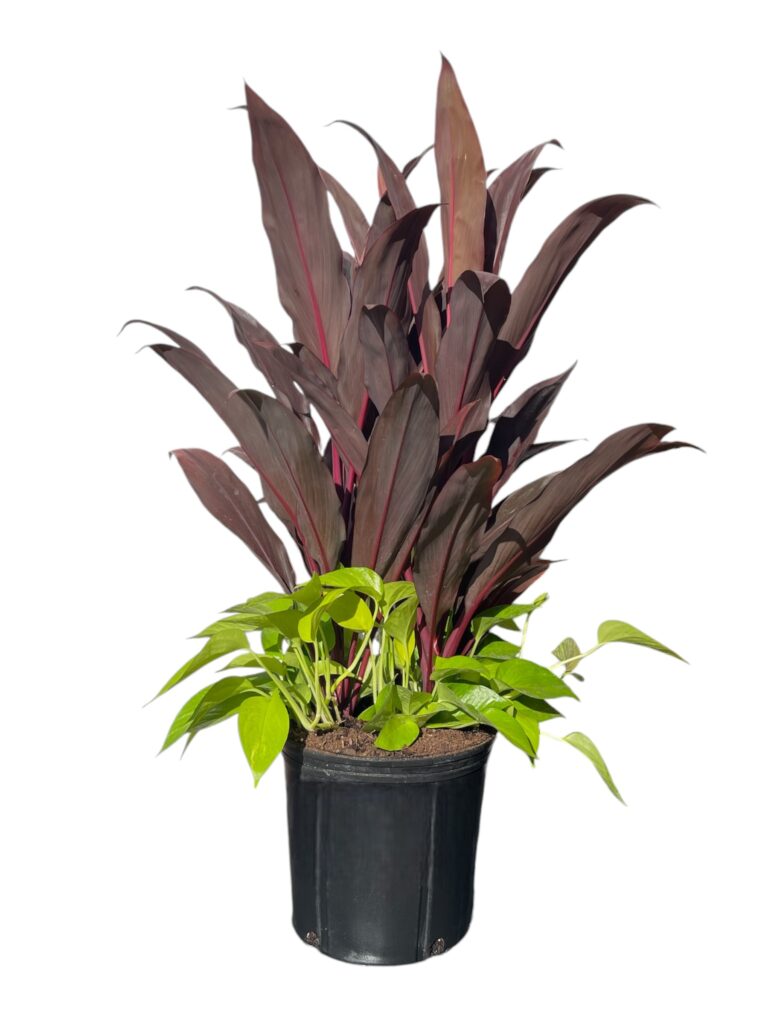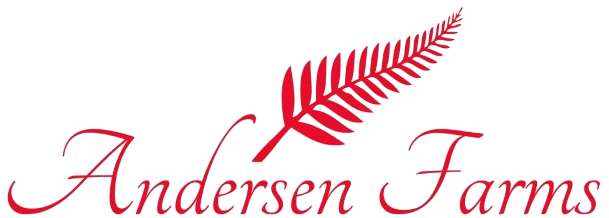Cordyline 'Auntie Lou'
If you’re looking to add a touch of tropical flair to your garden, the Cordyline ‘Auntie Lou’ is a must-have! Known for its striking appearance and vibrant foliage, this plant makes an excellent addition to any outdoor space, whether you’re planting it in your garden or growing it in a pot on your balcony. Let’s dive into the beauty and care of this eye-catching plant!
What Is Cordyline 'Auntie Lou'?
Cordyline ‘Auntie Lou’ is a striking cultivar of the Cordyline species, known for its lush, colorful leaves and upright growth. Native to tropical regions, it thrives in warm climates, making it perfect for gardens in USDA hardiness zones 9-11. This particular variety stands out with its purple-burgundy leaves that often take on a vibrant red hue in the sun, making it a showstopper in any garden.
The plant’s foliage is long and narrow, similar to the leaves of a palm, and its upright, bushy growth habit creates a dramatic and elegant presence. Cordyline ‘Auntie Lou’ can grow to about 3-4 feet in height, making it suitable for both larger gardens and smaller spaces like patios or indoor areas.

Why Choose Cordyline 'Auntie Lou'?
- Stunning Color: The purple and red tones make this plant a visual statement in any garden.
- Low Maintenance: Once established, Cordyline ‘Auntie Lou’ is relatively low-maintenance and resilient to a variety of conditions.
- Perfect for Containers: If you’re short on space or want to create a portable tropical garden, this plant does well in containers, adding versatility to its appeal.
- Attracts Attention: Its striking appearance naturally draws the eye, making it a great focal point in any landscape design.
Growing and Caring for Cordyline 'Auntie Lou'
1. Sunlight: Cordyline ‘Auntie Lou’ thrives in full sun or partial shade. The more sunlight it receives, the more vibrant the foliage will be. In hotter climates, some afternoon shade can prevent the leaves from burning.
2. Soil: Well-draining soil is essential for this plant. A slightly acidic to neutral pH is ideal. If you have heavy clay soil, amend it with organic matter to improve drainage.
3. Watering: While Cordyline ‘Auntie Lou’ is fairly drought-tolerant once established, it prefers moderate watering. Water it regularly but allow the soil to dry out slightly between waterings. Overwatering can lead to root rot, so ensure good drainage.
4. Temperature: As a tropical plant, Cordyline ‘Auntie Lou’ prefers warmth. It flourishes in temperatures between 60°F and 85°F (15°C and 29°C). In colder climates, it can be grown indoors or moved inside during winter.
5. Fertilizing: To encourage strong growth and vibrant colors, feed your plant with a balanced liquid fertilizer once a month during the growing season (spring and summer). Reduce feeding in the fall and winter when the plant is dormant.
6. Pruning: Although Cordyline ‘Auntie Lou’ generally doesn’t require much pruning, you can trim back any dead or damaged leaves to maintain its neat, upright form.
Common Problems to Watch For
Cordyline ‘Auntie Lou’ is fairly resilient, but like all plants, it can face a few challenges:
- Leaf Spot: This fungal disease can cause brown or black spots on the leaves. If you notice this, remove affected leaves and ensure the plant is not kept too wet.
- Mealybugs or Aphids: These pests can occasionally infest the plant, causing stunted growth and discolored leaves. Treat with insecticidal soap or neem oil to keep pests at bay.
Propagation
Cordyline ‘Auntie Lou’ can be propagated by cuttings. Simply take a stem cutting with a few leaves attached, let it callous for a few days, then plant it in well-draining soil. Keep the cutting moist until it establishes roots.
Why you should choose Cordyline 'Auntie Lou'?
To choose the right Cordyline ‘Auntie Lou’ for your garden or home, you’ll want to consider a few factors to ensure you’re selecting a healthy, well-suited plant. Here’s a simple guide to help you make the best choice:
1. Where Will It Grow?
- Outdoor Garden: If you’re planting it outdoors, make sure the climate in your area matches its needs. Cordyline ‘Auntie Lou’ thrives in tropical and subtropical climates, so if you live in USDA hardiness zones 9-11, it’s perfect for your garden.
- Indoor Space: If you’re planting indoors, ensure you have a bright spot with enough sunlight. An area near a window that gets plenty of light would be ideal, but not direct hot sun, as this could scorch the leaves.
2. Check for Healthy Foliage
- When purchasing, check the leaves for any signs of yellowing, browning, or pests. Healthy leaves should be vibrant purple or burgundy in color.
- Avoid plants with holes, spots, or a lot of damage on the leaves. These can indicate stress, disease, or pest issues.
3. Look for a Well-Established Root System
- If you’re buying a plant in a pot, gently lift it out (if possible) to check the roots. You want them to be white or light tan, not brown or mushy. A healthy root system indicates the plant is well-established and ready to grow in your garden.
- Avoid plants with roots that are overly compacted or circling the pot too tightly, as this can hinder growth.
4. Size of the Plant
- Choose a plant size that fits the space you have available. Cordyline ‘Auntie Lou’ can grow quite tall, so if you want a smaller plant initially, consider buying a smaller specimen or starting from a cutting.
- If you’re looking for an instant focal point in your garden, you might want to choose a larger plant that already has more developed foliage.
5. Seasonal Considerations
- Best Time to Buy: The best time to buy Cordyline ‘Auntie Lou’ is during the spring or early summer when it’s in the active growing season. This gives the plant plenty of time to establish itself before the cooler months.
6. Pests and Disease Check
- Before buying, inspect the plant for common pests like mealybugs, aphids, or scale insects. You can usually spot pests on the undersides of leaves or near the stem.
7. Container or Bare Root?
- If you’re buying from a local nursery, plants will likely come in containers, which makes them easier to handle and plant directly in your garden.
- Bare-root plants can sometimes be available but may require more immediate attention and care to establish roots in soil.
